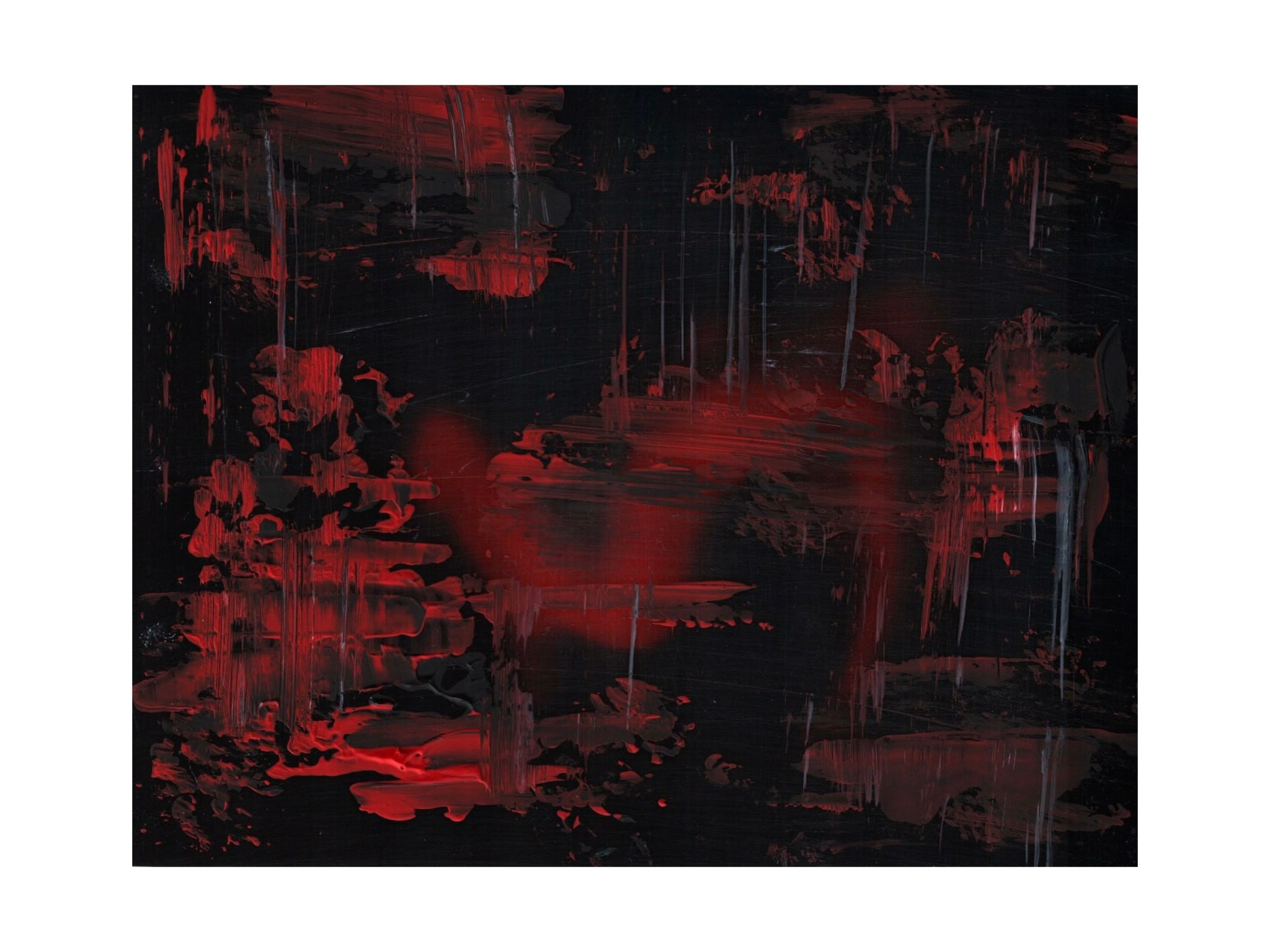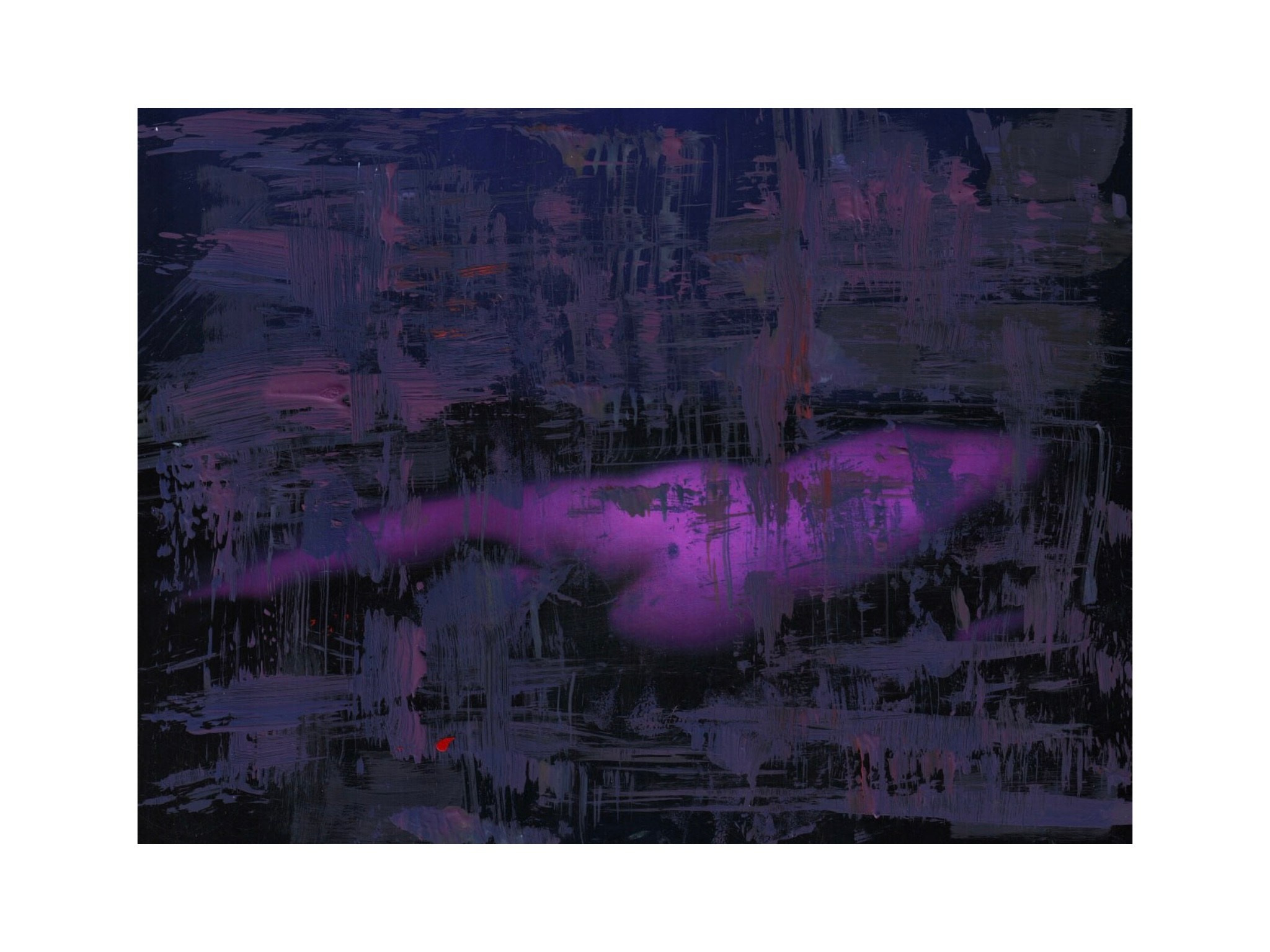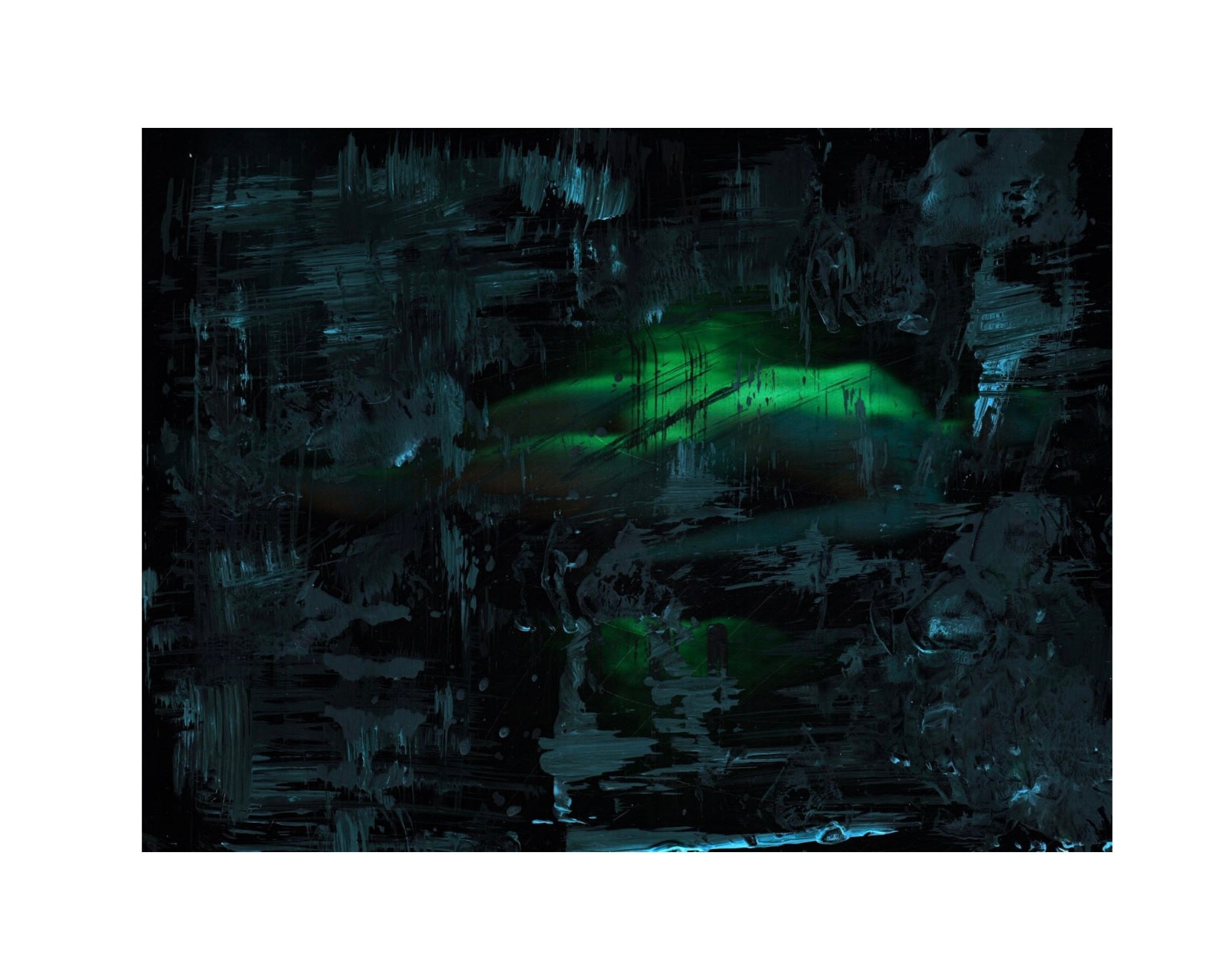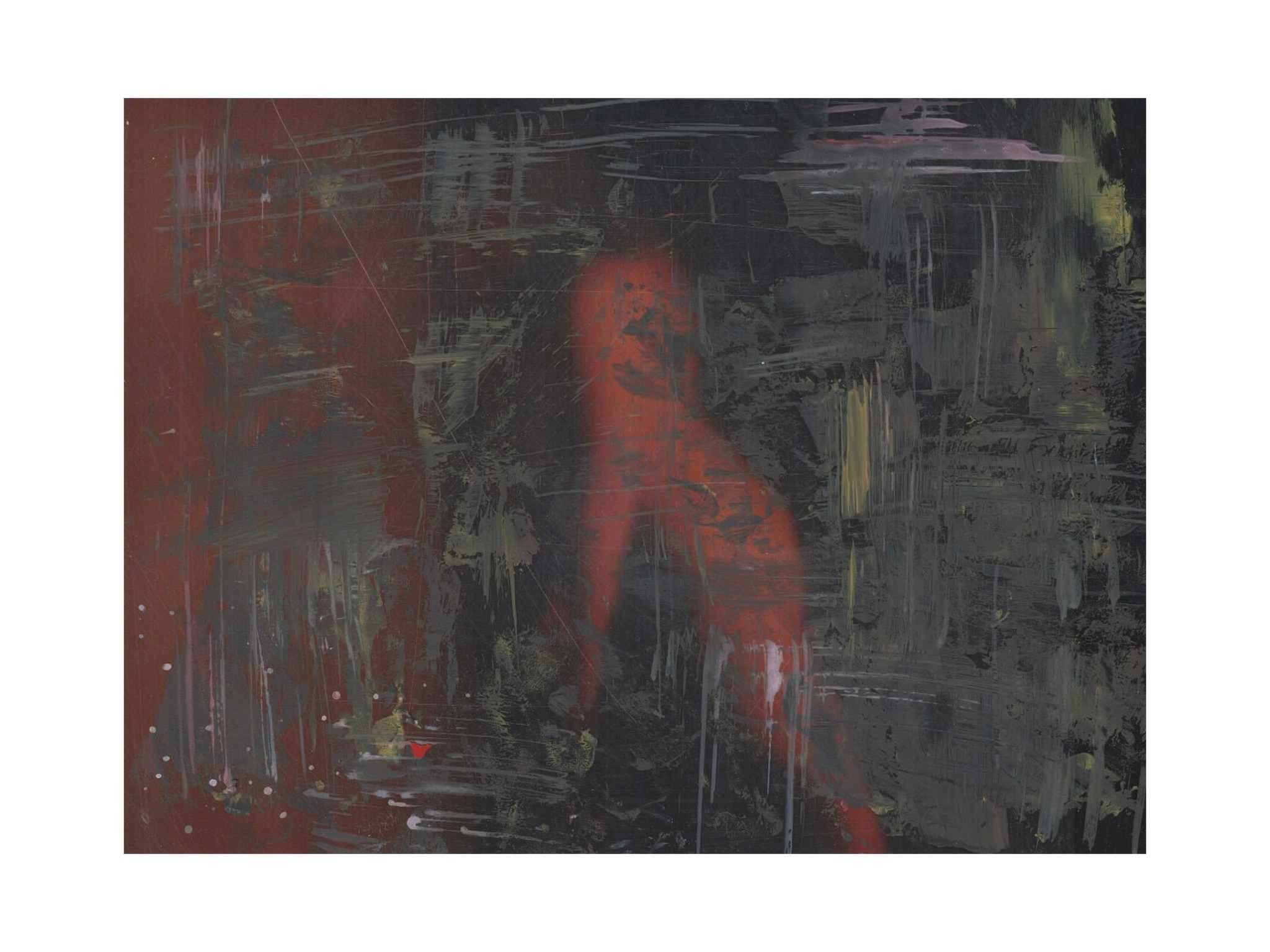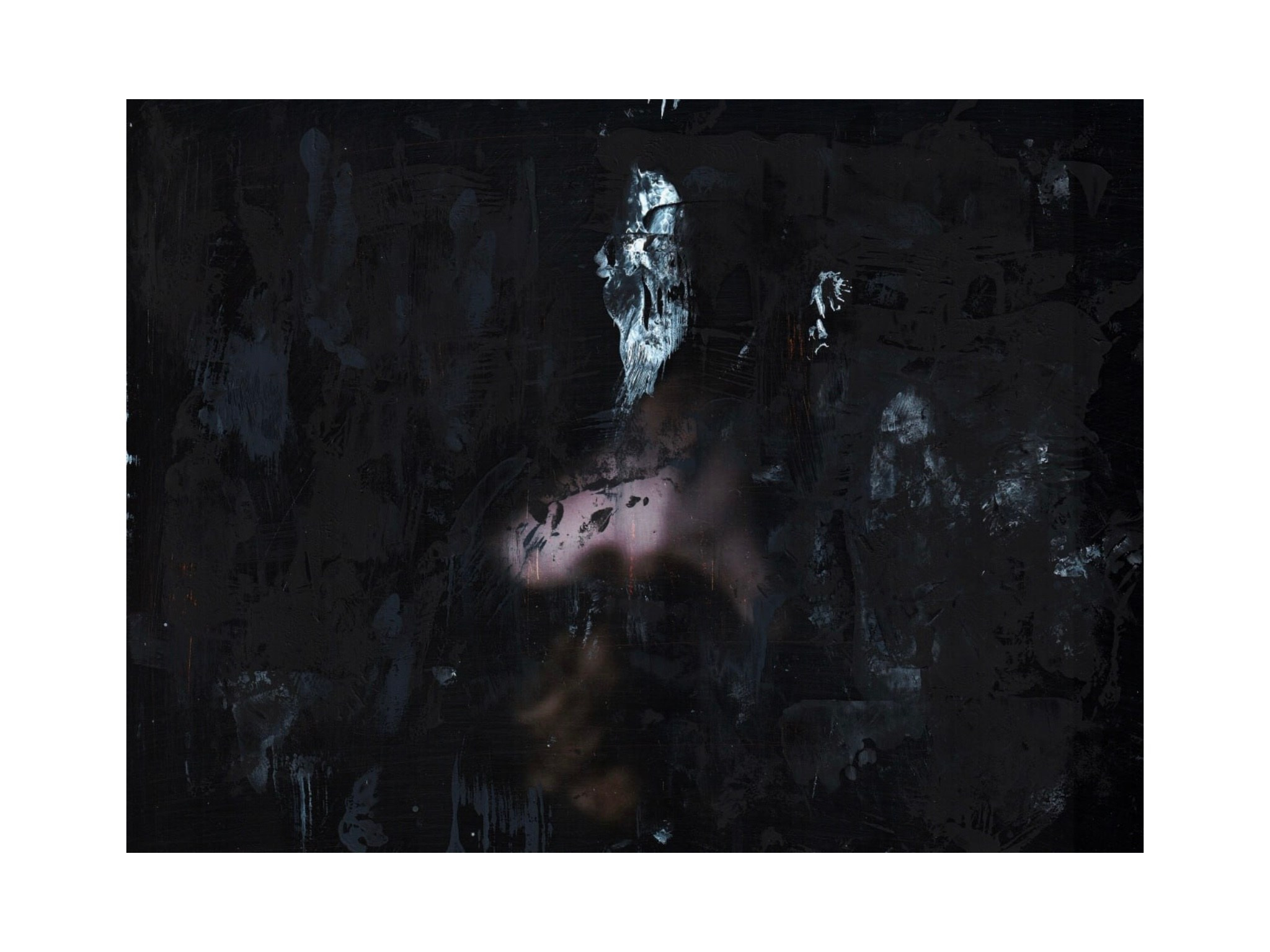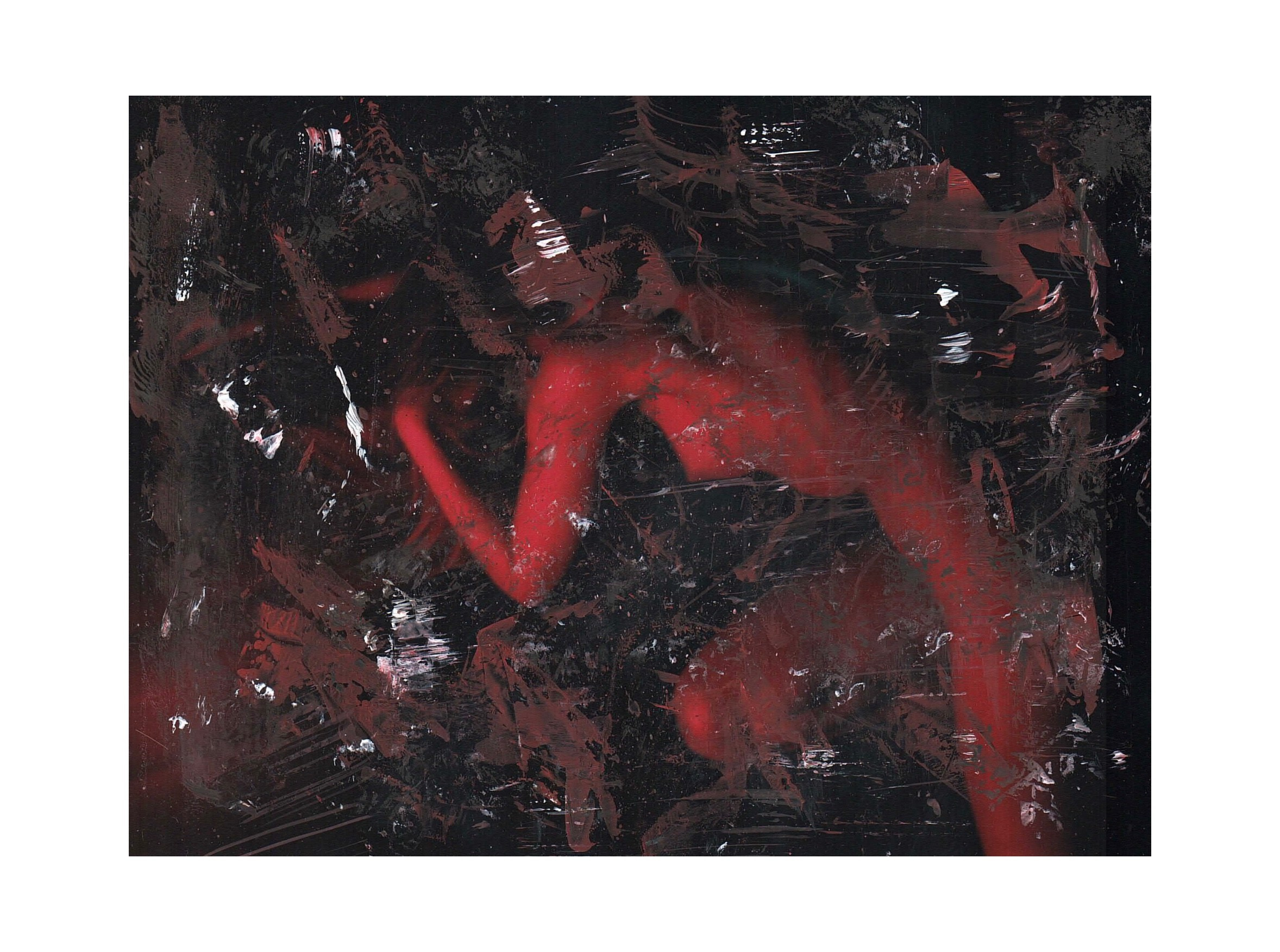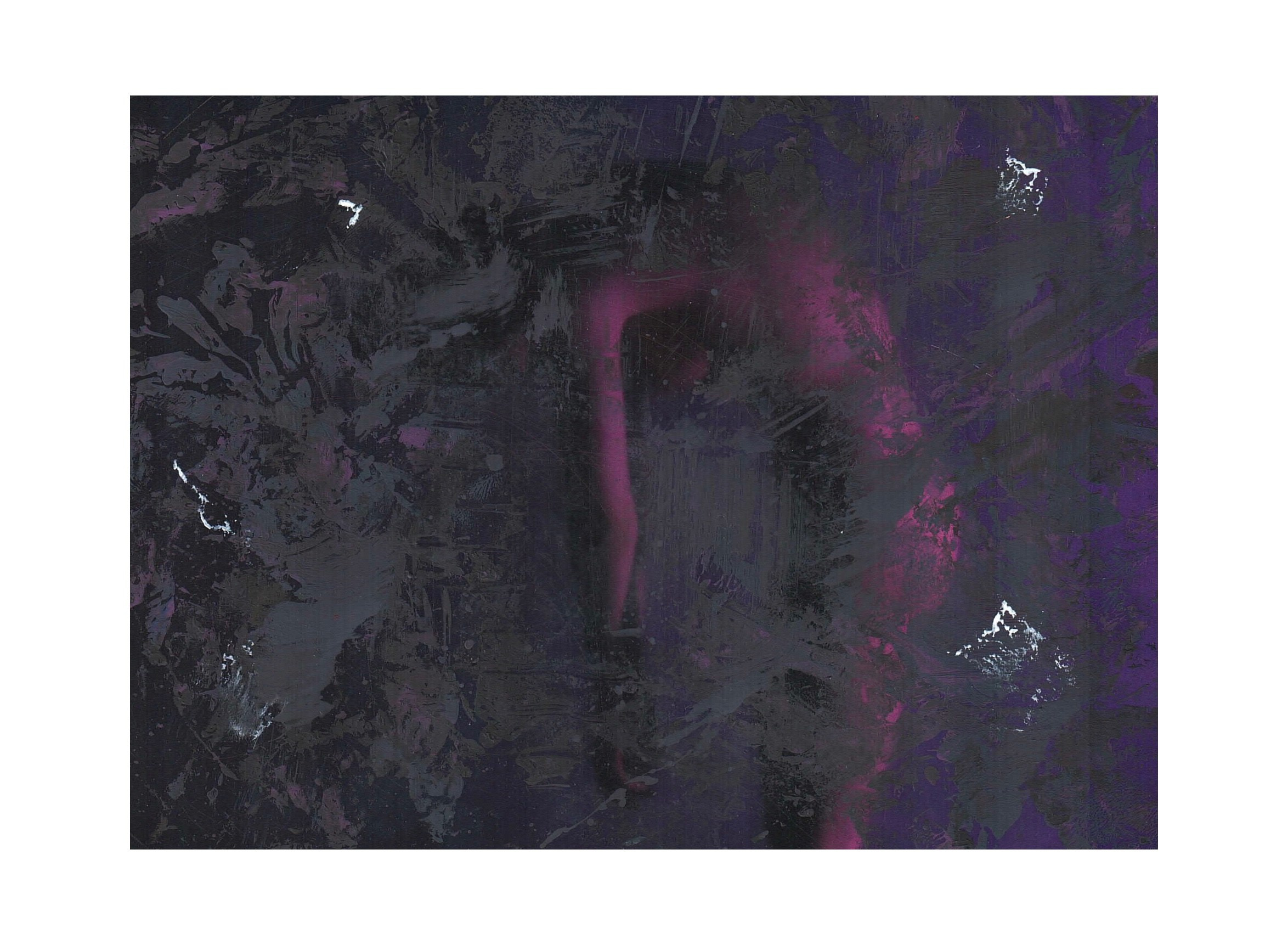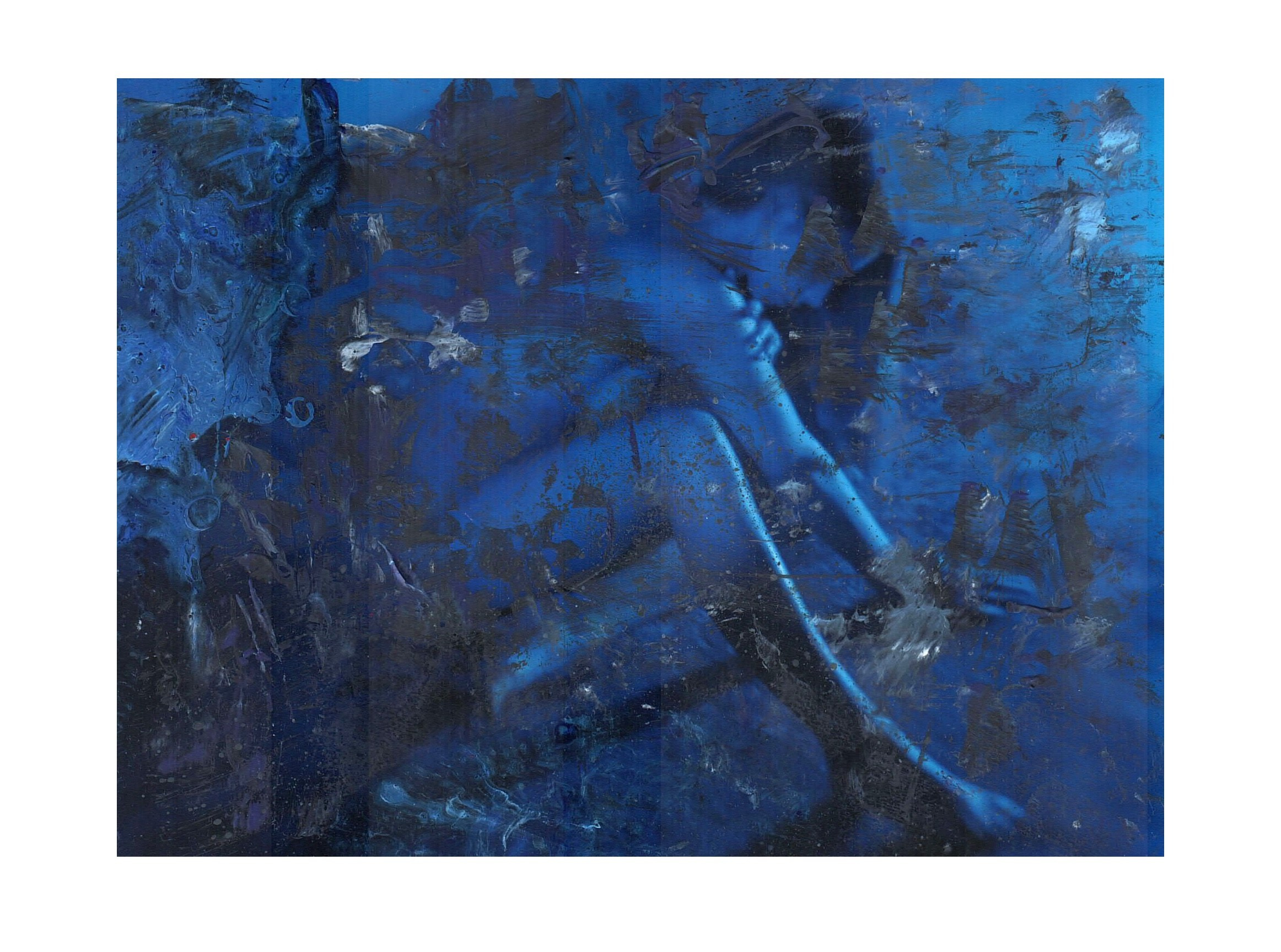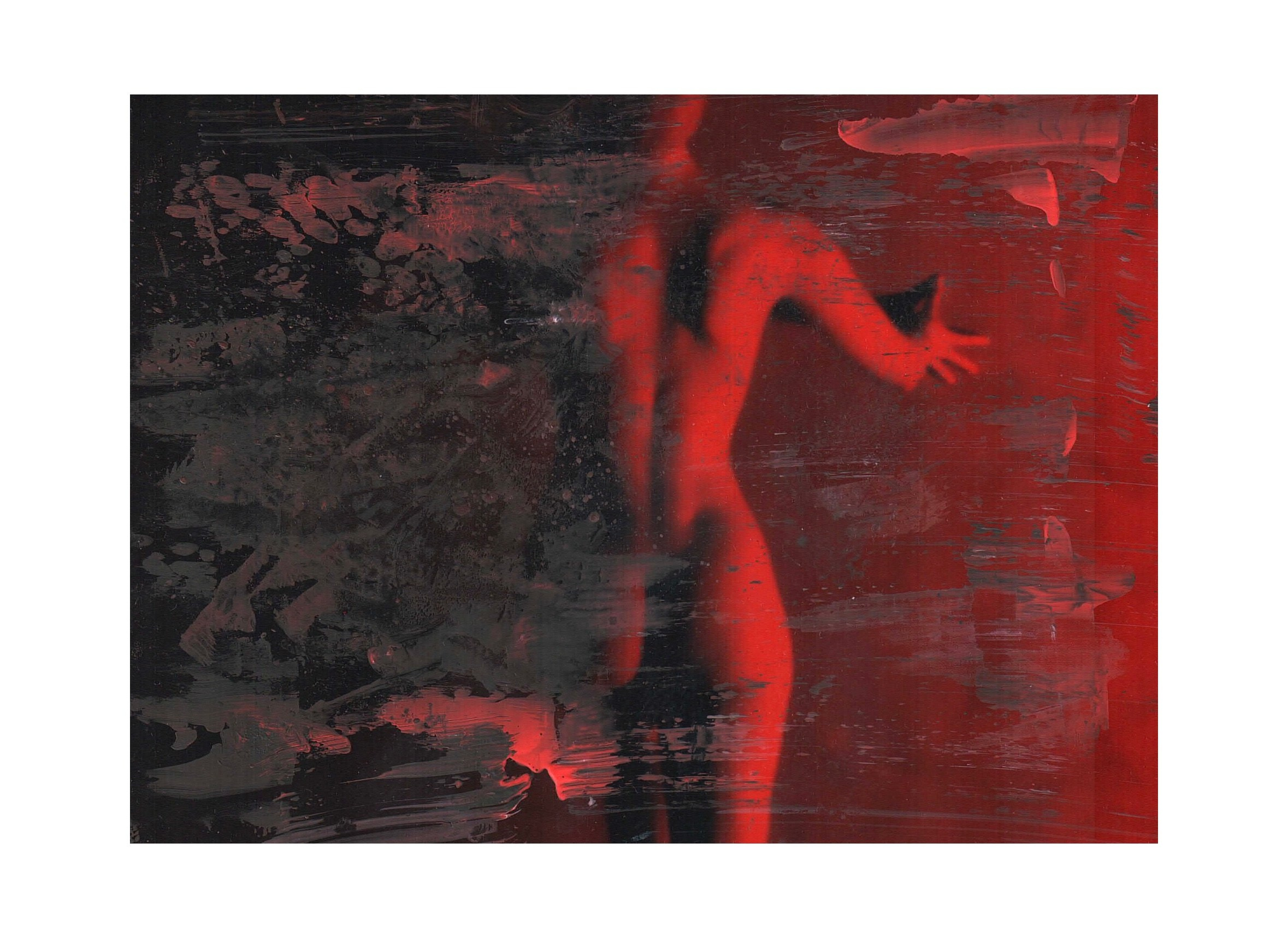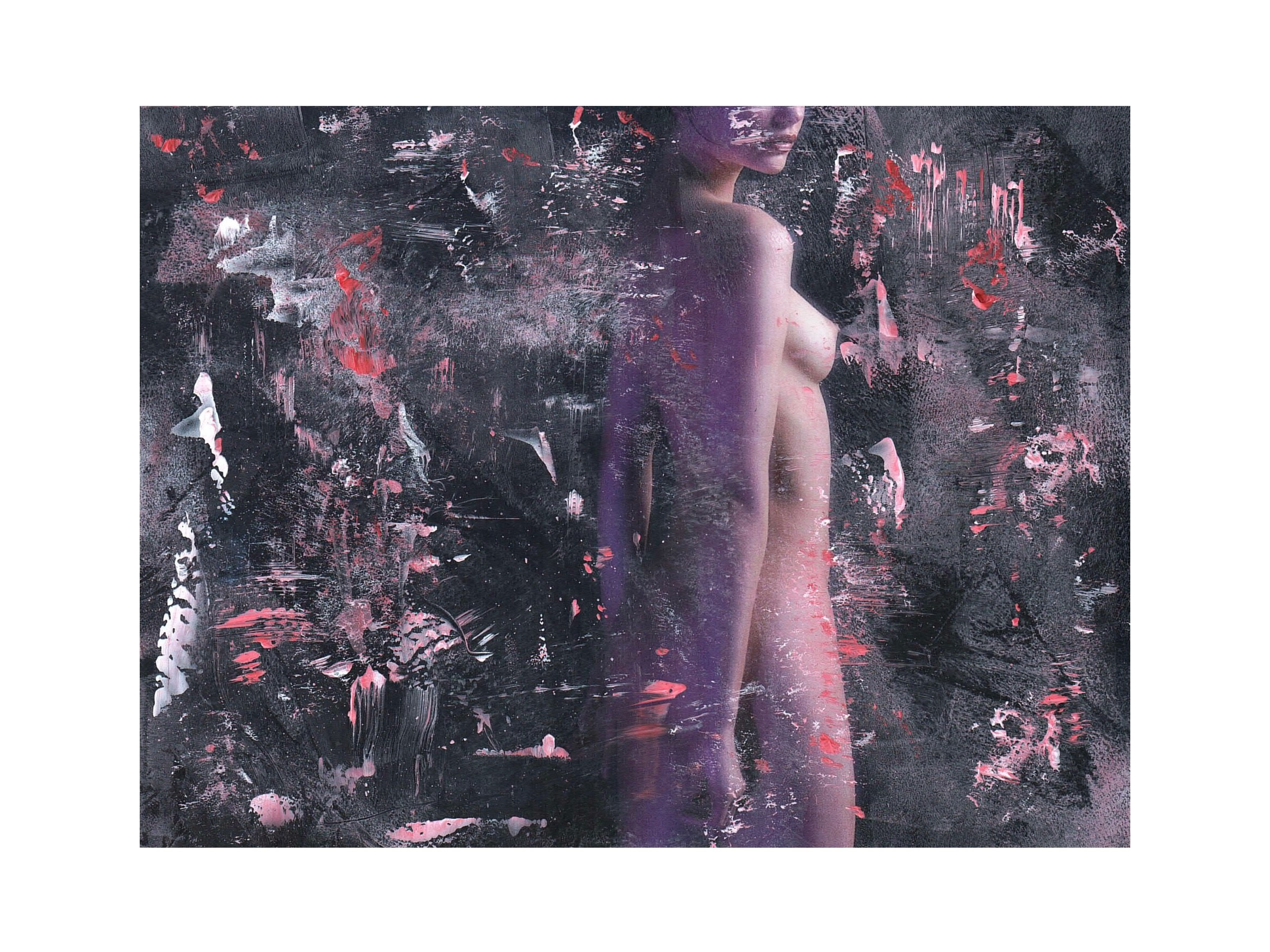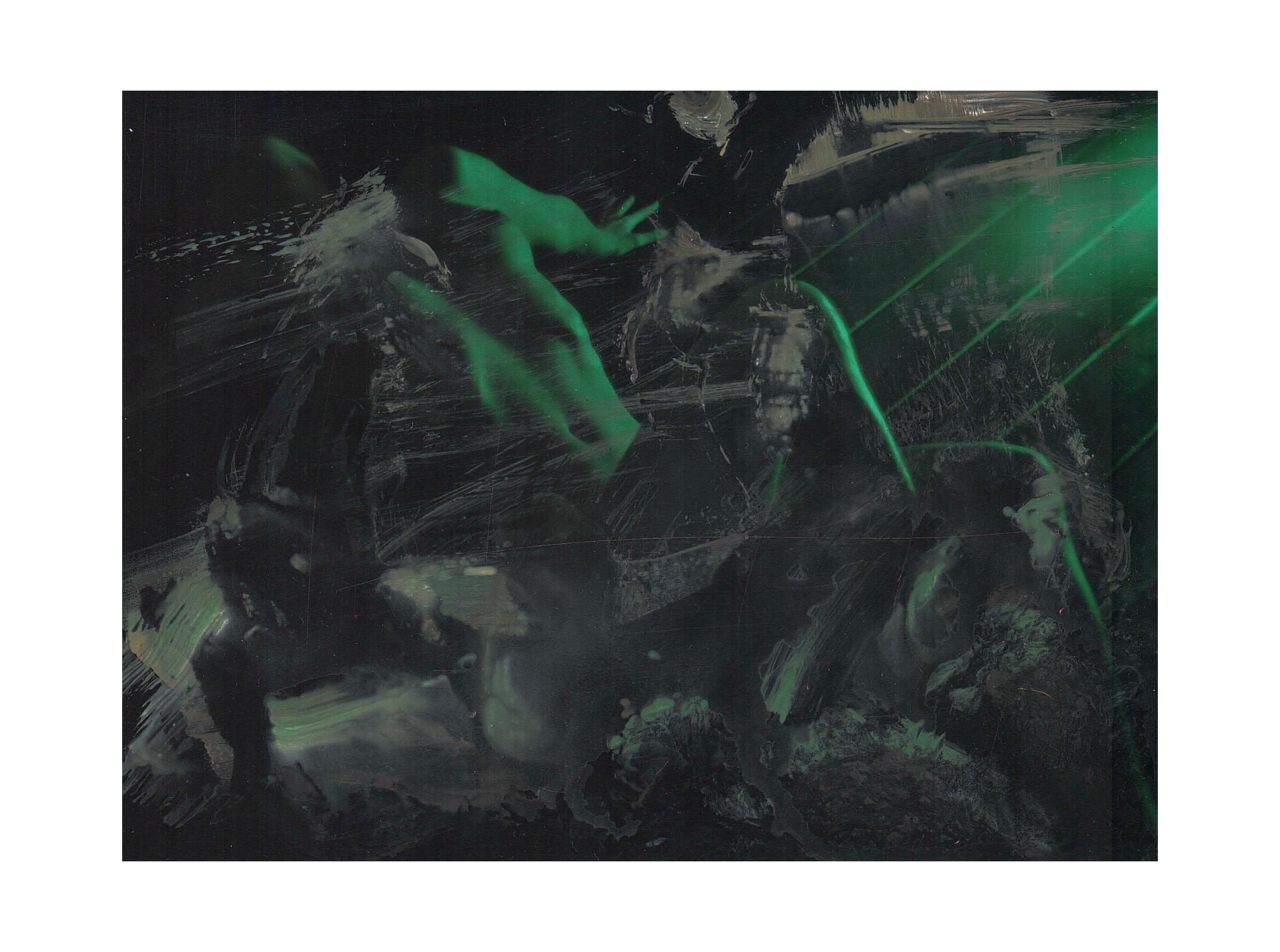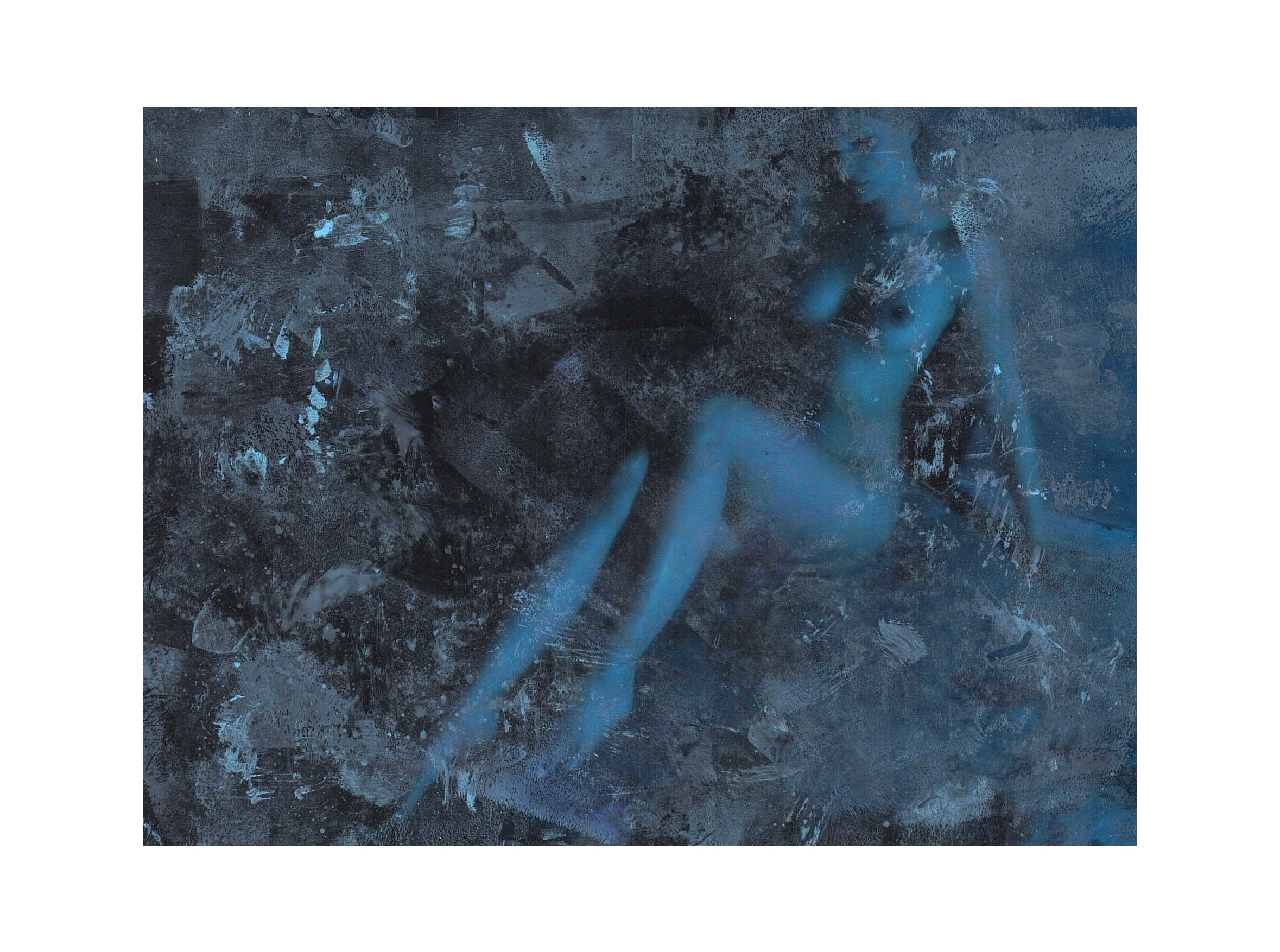“The Body as Emotion. Color as Voice”
This project is not merely a visual diary—it is an attempt to touch the extreme honesty of emotion. Through the body—naked, vulnerable, unfiltered. Through color—as impulse, as vibration. Through light—as the boundary between the inner and the outer.
I use mixed media: photography and acrylic paint, where the pigment doesn’t conceal but reveals. Over the real body lies a rough, intuitive gesture of the brush—a stroke, a smear, a scratch—like a mark of what has been lived through. This is not painting on photography, but a visual trace of emotion inscribed on the skin of the frame.
Each scene is a monologue of feeling, frozen in the plasticity of the body and captured at the edge of light and color. My subjects do not pose—they exist in the moment, inside the emotion, dissolving into it. Their nudity is not an object, but a state. Not a form—but an essence.
The project presents a series of visual compositions in which photography and acrylic painting merge. Through the interplay of body, color, and texture, fourteen core emotional states are revealed:
Aggression
Sharp strokes of scarlet—like wounds on the dark flesh of the frame. The body cuts through layers of paint, resisting. This is a scream—not loud, but compressed into an internal explosion.
Apathy
Dusty whites, milky films, a clouded surface. The body seems to vanish behind a veil of indifference. It does not resist, does not ask. It disappears—without pain, without sound.
Loneliness
Deep blues and shades of indigo. The body is naked, yet almost unreachable. Light outlines the form but does not bring it closer. It is near—and infinitely far away.
Despair
A black-violet tangle of brushstrokes pulls the body in, like sinking darkness. The figure emerges and sinks at once—as if making one last effort to hold on. Light at the center glows dimly—like embers beneath ash. Despair here is not hysteria, but exhaustion. It wraps around like a darkness where all contours and meanings dissolve.
Acceptance
An emerald body—like a sprout breaking through ash. The dark palette does not consume but emphasizes the inner glow. Green here is not hope, but acceptance of the inevitable. The brushstrokes soften, become semi-transparent—like forgiveness. Not an end—but the silence after the storm, the breath after the scream.
Disappointment
The body seems to disappear into brown and gray textures, lost in muted flashes of color. It almost dematerializes—like a thought denied realization. Brushstrokes intersect chaotically, without rhythm—like a conversation cut off mid-sentence. It’s the feeling of emptiness in a space where meaning once lived.
Fear
A blackened texture—like smoke-stained glass—behind which the outline of the body barely shows. Pale strokes resemble panicked touches. Light becomes not salvation, but a trap. The entire image holds its breath. This is not a cry—it is paralysis. Fear here is not attack but a freeze. Waiting for what is about to happen—or what already has.
Pain
A red body curled up tightly, as if trying to contain an inner rupture within the limits of skin. The surrounding space is covered in marks—like scars on the surface of memory. This is not just suffering—it’s internal movement with no way out. Each brushstroke is a pulse of pain exploding inside a body that can neither escape nor scream.
Hopelessness
A thin figure emerges from deep violet darkness, as if frozen between reality and disappearance. Light fades, no longer warming—only confirming presence. The body is stretched and alone, like a silent scream in a void that gives no answer. The surrounding darkness is not mere absence, but the shadow of a long-forgotten hope.
Sadness
The figure retreats into deep blue, dissolving into its own solitude. Cool tones envelop the body, making it part of a somber, silent space. Curled inward, it seems to want to disappear—not to disturb, not to trouble. The brushstrokes resemble teardrops on glass: blurred, but permanent. This is the moment the world stops responding, and the only sound left is your own breath.
Anger
A red body pierces the space like a flash of pain. Movement is sharp, broken—as if a gesture full of reproach, or an attempt to break through a wall. The black-red background vibrates with tension, searching for release. Rough strokes slash the frame like scratches on the surface of consciousness. This is not a flare-up—it is deep, suppressed rage, long past words.
Sincerity
A half-naked body, open to the world, yet not provocative. Pale skin dissolves into dusty violet and pink strokes—like an emotion not hidden. The gaze is absent, and in that lies its strength—this is not a pose, but a fact of being. Sincerity here is not performance, but presence without a mask.
Disgust
A chaotic vortex of dark and acid-green strokes burns the figure from within. Contours distort, the body seems pushed out by the painting itself. This is aggression not toward others, but toward oneself—rejection. Light cuts like a blade, the form becomes unstable. It’s the feeling you want to turn away from—but it’s already inside you.
Boredom
The figure is frozen in a semi-sitting position, dissolving into cold blue, where every brushstroke is not an act—but the absence of one. Everything here is oppressively still. The space feels viscous, denying motion or change. The body doesn’t shine with light, but with fatigue—of time, of silence, of self. This is not peace—but endless waiting without purpose or end.
Here, color is not a background—but a feeling.
Light is not a technical tool—but a director of emotion.
Paint is like skin—like a scar, like a trace.
The project unfolds in a closed space, where the body becomes a screen upon which internal drama is projected. Each frame is a scene where emotions are as naked as the subject herself.
If you’d like, I can help you format this as an official artist statement, exhibition booklet, or project proposal—just let me know your needs.

